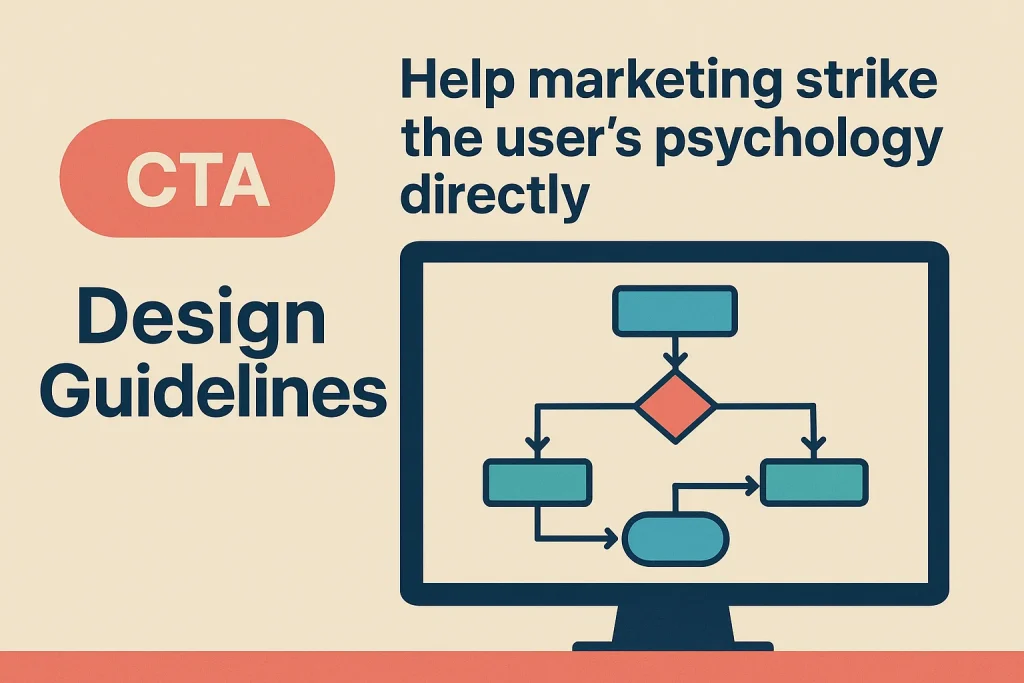In the worlds of digital marketing and writing, understanding What Is a Call to Action in writing? is fundamental to driving conversions. A Call to Action (CTA) serves as a vital bridge connecting users and brands, motivating specific user actions. Whether on a webpage, email, advertisement, or content marketing piece, designing precise and compelling CTAs can significantly boost user engagement and prompt meaningful action. This article thoroughly explores What Is a Call to Action in writing?from multiple perspectives and shares best strategies to craft and optimize CTAs for competitive marketing content.
What Is a Call to Action in Writing?
So, What Is a Call to Action in writing? Simply put, it is a writing technique designed to guide users toward a specific action. This could manifest as a compelling phrase, a clickable button, or an interactive element. Whether it’s clicking “Buy Now,” completing a “Registration Form,” or subscribing to a newsletter, CTAs are explicit instructions helping users take the next step.
Understanding What Is a Call to Action in writing? is essential because CTAs do more than just add text or buttons—they act as catalysts in the user’s conversion journey by eliminating hesitation and encouraging completion of desired actions.

Core Tips for Writing Effective CTAs: Mastering What Is a Call to Action in Writing
Deep Audience Understanding
One of the first steps when you ask What Is a Call to Action in writing? and want to learn how to write a call to action effectively is to recognize that every CTA must resonate with its audience. Dive deep into your users’ needs, preferences, pain points, and behavioral patterns. For instance, youthful audiences may prefer energetic and informal CTAs, while B2B professionals might respond better to concise, authoritative language.
Clear Single Goal Focus
Answering What Is a Call to Action in writing? also means keeping your CTA focused on one clear objective. Understanding how to write a call to action involves avoiding mixed messages like “Subscribe and Share.” Instead, use singular commands such as “Subscribe Now,” which create clarity and better conversion likelihood by reducing confusion and decision fatigue.
Using Strong Action Verbs
A key aspect of understanding What Is a Call to Action in writing? and how to write a call to action lies in using active and urgent verbs. Words like “Buy,” “Get,” “Download,” or “Register” prompt immediate action, clearly defining what you want the user to do next.
Creating a Sense of Urgency
Applying urgency is a powerful part of both What Is a Call to Action in writing? and how to write a call to action effectively. Tactics such as limited-time offers, countdown timers, or highlighting stock scarcity boost user motivation. Phrases like “Today Only,” “Last Chance,” or “Few Left” leverage FOMO (fear of missing out), encouraging quick decisions.
Highlighting User Benefits
An answer to What Is a Call to Action in writing? and a vital point in how to write a call to action is to emphasize benefits. Effective CTAs tell users what’s in it for them: “Get Your Free Guide,” “Enjoy 20% Off,” or “Try Risk-Free Today” clarify value and entice engagement.
Keeping It Simple and Clear
Modern users skim content, so another key to What Is a Call to Action in writing? and how to write a call to action is brevity. Short, powerful phrases without complexity help users act promptly without unnecessary cognitive load.

Best Placement and Layout: Where to Position CTAs for Maximum Impact
Understanding What Is a Call to Action in writing? includes knowing that placement impacts CTA success:
Hero Section (Top of Page): Place key CTAs here to maximize visibility as users first land on a page.
Mid-Content: Embed CTAs in relevant sections where engagement peaks.
End of Content: Provide a final, decisive CTA after content summaries.
Floating or Sticky Buttons: Keep CTAs visible during scroll to increase clicks.
Popups: Strategically display CTAs triggered by exit intent or time spent.
Multi-location CTAs combined with aligned content strengthen the overall conversion strategy.
Enhancing CTAs With Multimedia and Visual Design
When exploring What Is a Call to Action in writing?, consider enhancing CTAs visually:
Emotionally resonant images boost connection and symbolize offered value.
Short videos paired with CTAs clearly demonstrate products or services.
Animations and micro-interactions (like button color changes) attract attention and increase engagement.
Good design complements written CTAs by guiding eye movement and user focus.Device-Specific Optimization: Mobile and Responsive Design for CTAs
Answering What Is a Call to Action in writing? now also involves device considerations:
Make mobile buttons large enough for easy tapping to reduce errors.
Use responsive layouts adapting CTA style and placement for desktops, tablets, and phones.
Ensure fast load speeds to prevent user drop-off.
Optimized CTAs provide smooth user experiences on all devices.

Tone and Style: Tailoring Your CTA Voice
What Is a Call to Action in writing? varies with tone:
Formal tones fit professional sectors needing credibility.
Friendly tones build rapport for lifestyle or education brands.
Urgent tones drive fast decisions in promotions.
Humorous tones add likability in casual contexts.
Knowing your audience helps flexibly choose the right tone.
Psychology and Persuasion Techniques in CTAs
An important part of What Is a Call to Action in writing? is applying psychological triggers:
Scarcity (limited stock) triggers urgency.
Social proof (reviews) boosts trust.
Authority (expert endorsements) increases persuasiveness.
Reciprocity (freebies) encourages action.
Activating internal motivators leads to stronger conversions.
Continuous Testing and Personalization: Evolving Your CTAs
Mastering What Is a Call to Action in writing? requires ongoing optimization:
Conduct A/B tests on wording, colors, size, and layout.
Adjust CTAs dynamically based on user data (new vs. returning visitors).
Personalized CTAs improve user experience and conversion rates.
Consistency and Integration Across Channels
To fully grasp What Is a Call to Action in writing?, unify CTA styles across websites, emails, social media, and ads. This consistency:
Enhances brand recognition
Streamlines conversion paths
Creates cohesive marketing loops
Industry-Specific CTA Strategies
Your answer to What Is a Call to Action in writing? should also factor in industry differences:
E-commerce: Emphasize discounts, urgency, and easy purchases
Education: Focus on registrations and free trials
Services: Highlight consultations and demos
B2B: Encourage whitepaper downloads and event signups
Relevant CTAs maximize appeal and conversions.
Leveraging Social Proof to Boost CTA Effectiveness
In addressing What Is a Call to Action in writing?, incorporating real user-generated content—like testimonials, ratings, and videos—near CTAs builds trust and persuades hesitant users.
Summary: What Is a Call to Action in Writing and How to Excel
Understanding What Is a Call to Action in writing? is fundamental for marketers aiming to drive measurable results. Effective CTAs fuse compelling writing, strategic placement, visual appeal, psychological insight, and data-driven optimization. By continuously refining and personalizing CTAs, you unlock powerful conversion potential and elevate your marketing performance.